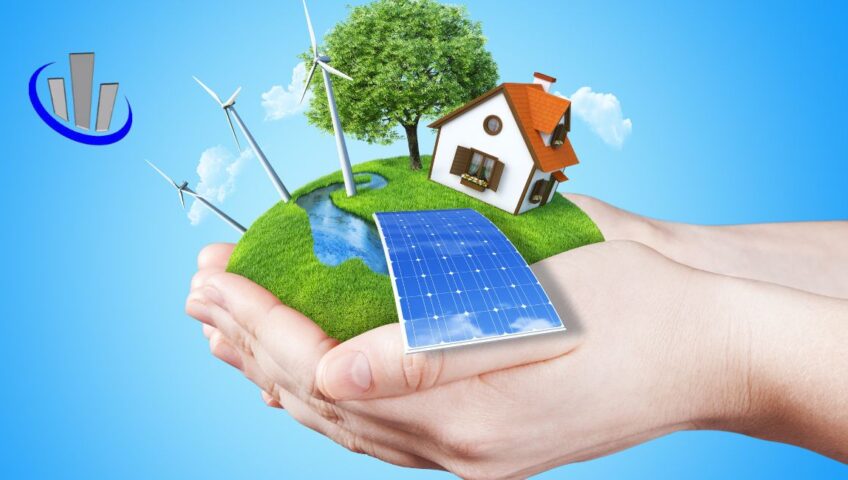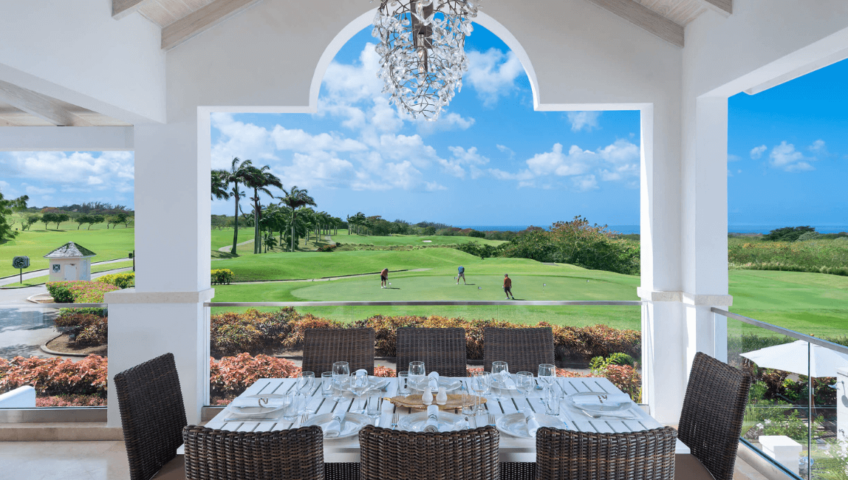US-based real estate company RedFin recently looked at how you can make your home more sustainable and environmentally friendly. From interior design and gardening to energy-saving techniques and general green building techniques, they considered various eco-friendly tips and ideas from experts in the field.
Here’s what we learnt:
1 Begin Small
A common misconception is that creating a sustainable home is expensive. Even though some sustainable techniques may be more costly than conventional ones, this need not always be the case.
Small changes like switching to LED light bulbs could be the first step in a sustainable design strategy.
Another straightforward approach to creating a more environmentally friendly environment in your house is adding some plants.
Minor, daily adjustments you make to your environment and way of life over time can make a big difference. This method can assist in giving you the ideal start on the road to an environmentally friendly home.
2 Reuse outdated items
Repurposing existing items is one of the most sustainable things you can do. And it’s also cheaper.
Antique furniture can add an incredible vintage feel to your house while extending its life. Check out the Bajan antique group on Facebook for some unique furniture or other Barbados-based resale groups on the platform. Or pop along to Andy Tempro auctions and pick up a bargain.
The advantages of buying fewer new items include using less energy and, consequently, lower carbon emissions and financial savings.
If you are using the services of an interior designer, explain that you want to utilise items that you already own or are keen to incorporate older items into the design.
When making your home more sustainable, keep three things in mind:
- less is more
- quality over quantity
- all the products deserve a second life.
3 Employ Natural Resources
As part of a sustainable design project, try to incorporate as many natural resources and materials as feasible. Not only is this beneficial to the environment, but your health is also improved. Speak with your architect and contractor to see what is available and possible in Barbados.
Materials that cause more significant environmental harm are those whose complex manufacturing processes require considerable energy.
For example, concrete, glass, and steel are significantly less natural than wood, stone, and bamboo.
Rattan, cane, raffia, and other comparable materials are good sustainable options for furniture, lighting fixtures, and other home furnishings. They also enhance your tropical home design with natural textures, finishes, and tones.
4 Locate Regional Resources
The transportation of materials and goods worldwide accounts for a sizeable portion of the world’s carbon emissions. So it makes sense to use materials from regional or local sources.
Not only does this shorten the route resources take to reach your location, but local stone, timber, and other building materials can be more tolerant of your climate and environment.
Additionally, you are working with regional manufacturers, suppliers, and craftspeople, contributing to the regional economy and trade.
5 Build what you need
Many of us want to build a large house, reflecting our wealth, status, and desire for space. However, rooms are built serve the same purpose. For example, many modern homes include a formal dining room, breakfast nook, bar counter, and outdoor dining terrace or gazebo.
Real sustainability is creating a home that is effective in meeting your needs. A compact, efficient home consumes fewer resources and materials and requires less energy to run daily.
6 Bring Nature Inside
Discover ways to apply passive strategies to your home, like natural ventilation and daylight and sun-shielding techniques, which are particularly helpful in tropical regions such as Barbados.
Re-establish your connection to nature using biophilic design. Biophilic design is an intentional design approach that incorporates nature into a building. The word biophilic relates to a more intentional connection with natural elements.
7 Include A Rain Garden
When designing your new home, consider the garden area too.
Landscaped gardens around your home are better than hardscaping, like concrete paving. In addition, trees and shrubs will make your home cooler as they encourage cooler air in and around your house.
Additionally, gardens offer more opportunities to collect rainwater. Rainfall on hard surfaces drains into stormwater management systems, which may eventually reach the ocean. However, this stormwater should go into the ground, replenishing groundwater reserves.
Ask your contractor about adding a rain garden to your plot. Native plants are typically placed in a slight depression on a property to create a rain garden. It needs to be close to one of your property’s low points, allowing water to flow towards this dip.
Typically, the soil’s composition encourages water to drain quickly into the ground. As a result, it stops rainwater from collecting and turning into a mosquito breeding ground.
During the rainy season in Barbados, ensure your rain garden is large enough to handle the amount and intensity of the rain and can drain adequately.
8 Use indigenous plants
One excellent technique to make your home more environmentally friendly is to use native plants in your garden.
They are suitable for the local climate and habitat and often do not require much upkeep and care. As a result, there is no need for additional fertilisers, insecticides and supplementary irrigation. They are also more sustainable and eco-friendlier than a lawn.
Native plants grow quickly and adapt to the environment in the area. Additionally, they offer homes for the local birds, insects, and other indigenous wildlife species.
9 Keep the Natural Site
Minimising your influence on the construction site is a great place to start when building a new house.
Find any established plants and natural water features and make an effort to preserve them. The home and garden should ideally have as little impact on the site’s natural topography.
10 Utilise solar power
Using renewable energy sources is an excellent method to lessen our reliance on fossil fuels.
Solar energy is one of the most widely available renewable energy sources in residential applications. It is widespread in tropical areas and becoming more popular in Barbados.
Adding photovoltaic (PV) panels is an excellent approach to reducing your carbon footprint and electricity usage. Compared to fossil fuel sources, the price of solar energy also tends to fluctuate far less. Consequently, there are also financial advantages there.
A National Renewable Energy Laboratory report states that each household that switches to solar energy could stop up to 7.7 tons of toxic greenhouse gasses from being released into the atmosphere.
Solar thermal water heating is another option.
Whether you are building something new or renovating something old, focus on sustainability, using recovered materials and working with nature provides exciting environmental and economic benefits that will improve the quality of your home and its inhabitants.
If you’d like to find out more and discuss your Barbados construction project, contact the team at Berkan Construction today.





